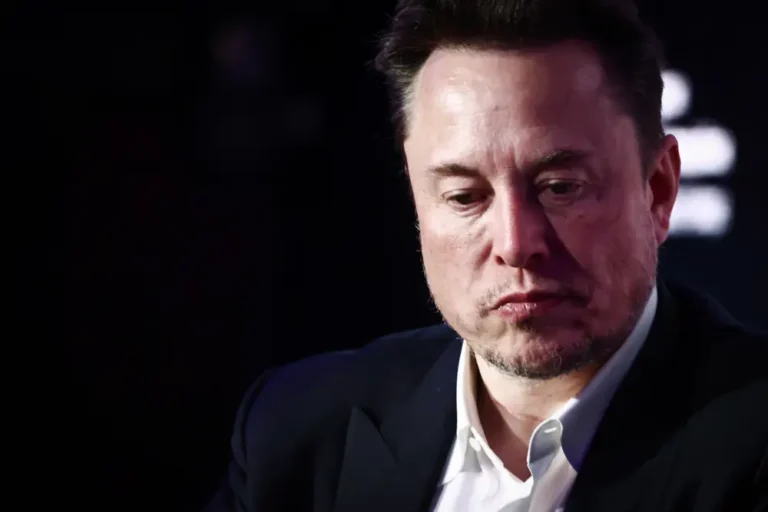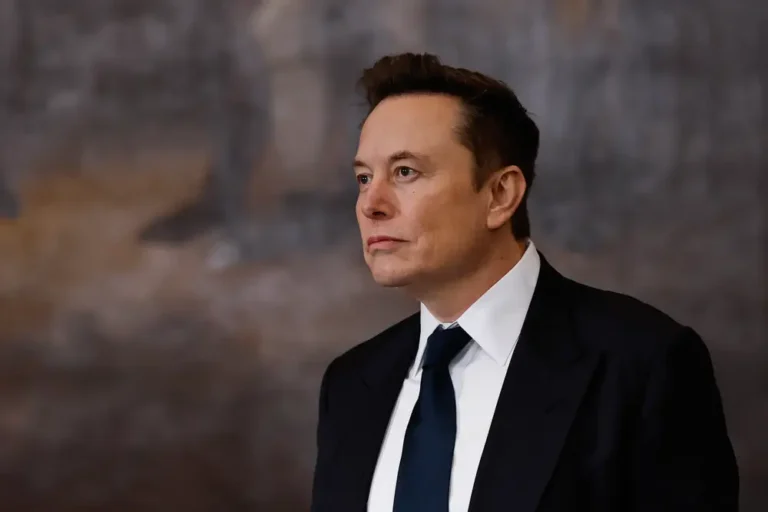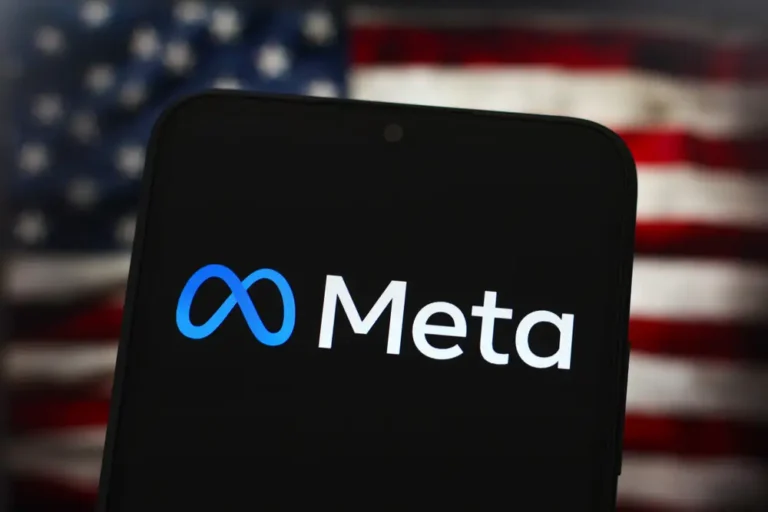Marc Benioff says Big Tech’s ‘excessive’ AI spending is a ‘race to the bottom’

Marc Benioff says some of Salesforce’s competitors are overdoing it with their spending on AI.
Salesforce’s CEO says the company isn’t spending as lavishly on AI as some of its tech peers — and he isn’t worried about falling behind.
Instead, Marc Benioff says the company will capitalize on the vast AI spending gap between it and some of its competitors and avoid a “race to the bottom.”
“I think they’re going to keep spending and it’s going to be expensive for them and it’s going to drive their margins down,” he said on a Monday episode of the “On with Kara Swisher” podcast. “I’m going to take advantage of their spending to make my products better and lower cost and easier for my customers.”
Salesforce offers multiple enterprise AI products, including Agentforce, its newly announced suite of AI agents that automate workplace tasks, and its AI Cloud, which hosts LLMs from partners like Amazon Web Services. It also offers Einstein Copilot, a generative AI-powered assistant for customer relationship management.
The Salesforce CEO said “the way we’ve architected our platform” has allowed the company to spend less on AI and its AI models “are incredibly efficient.”
“We do things a little differently, the way we train, the way we write the software,” he said. “And also we tend to use other people’s data centers, so we will use Amazon and Google and others and not rely on too much of our own hardware — although we have some, it’s not our philosophy.”
Benioff said some of Salesforce’s competitors were “excessive” with their AI spending and “it’s becoming a race to the bottom for some of these companies.”
“While there is a big movement of a lot of companies into these kind of public clouds I think that we have to be careful exactly how much we’re investing,” he added.
It’s not clear exactly how much Salesforce has invested in its own AI efforts. However, the company’s research and development costs for the third quarter were $1.35 billion, a year-over-year increase of around 12.6%.
Benioff said the spending by Salesforce’s rivals was evident in the companies’ energy use, which he said should also be managed. He also highlighted that some have invested in nuclear energy and nuclear power plants.
“This is really an unusual development,” he said.
Some of the biggest names in tech have announced major deals to source nuclear energy to power their data centers.
Meta a few days ago said it’s putting out a request for proposals from nuclear energy developers in a bid to help power its AI ambitions and sustainability initiatives. In September, Microsoft inked a 20-year power purchase agreement with energy company Constellation in a deal that would bring part of Three Mile Island, the site of the worst nuclear energy accident in the US, back online. In October, Google announced a deal to buy nuclear energy from small modular reactors to be built by Kairos Power.
While Wall Street has been keen to hear from CEOs when the billions invested in AI will start bearing fruit, there are signs the spending isn’t slowing down.
Meta said in its latest earnings report that it expects “a significant acceleration in infrastructure expense growth next year” and “significant capital expenditures growth in 2025,” owing in no small part to its work on AI. Microsoft’s CFO similarly said in its recent quarterly earnings that the company expected its own capital expenditure to increase owing to demand for its cloud and AI services.
Aravind Srinivas, the CEO of Perplexity AI, touched on a similar sentiment as Benioff when he said in a recent talk at Stanford that building proprietary AI models is extremely costly and his startup would much rather build off of other firms’ models.
“We had a conviction that, number one, models are going to get increasingly commoditized and if you do want to be one of those players that are a provider of the models, you need to have an insane amount of funding and you need to be a company that is losing billions of dollars a year and it’s still fine,” he said.
“We were not in a position to be and we didn’t want to be either,” the Perplexity CEO said. “So we decided to use other people’s models and shape them to be really good for end-to-end consumer experience.”






